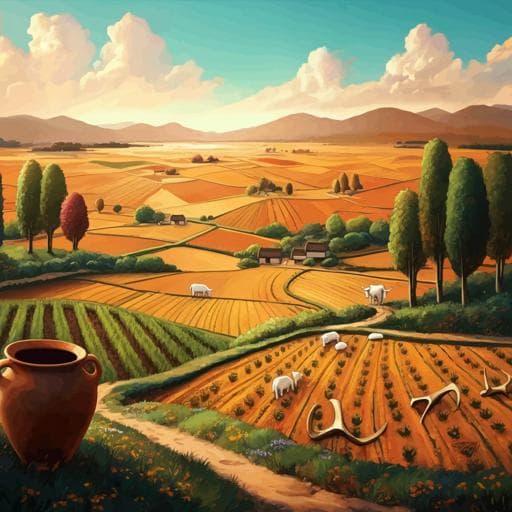
Humanities
Human isotopic evidence from the Guanzhong Basin casts light on a century of agricultural and pastoral interactions at medieval metropolitan Chang'an during sixth century AD
P. Sheng, E. Allen, et al.
This groundbreaking study by Pengfei Sheng, Edward Allen, Tian Ma, Yiyuan Dao, Jianlin Zhang, Daiyun Liu, Sheng Han, Hailiang Meng, and Shaoqing Wen reveals the dynamic relationship between agricultural and pastoral economies in sixth-century Chang'an. Through advanced isotopic analysis of skeletal remains, the research uncovers fascinating dietary patterns that showcase the interplay between elite and commoner diets amidst shifting economic landscapes.
~3 min • Beginner • English
Related Publications
Explore these studies to deepen your understanding of the subject.







